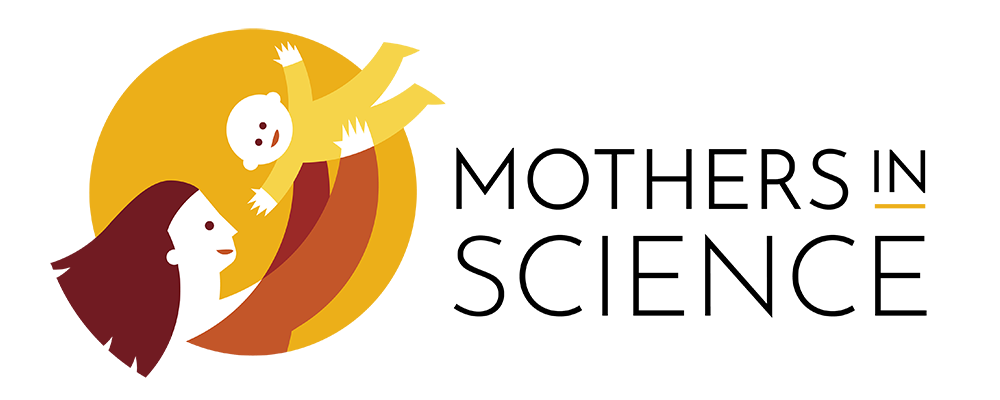Sian Halcrow
BIO
Associate professor of bioarchaeology, mom-of-two.
Instagram: @dr.sianhalcrow
Twitter: @ancientchildren
Sian Halcrow
“It is challenging, but I wouldn’t change my family or my work for the world.”
I often hear phrases such as: “I don’t know how you do it” and “your children must be very flexible with your job”. These well-meaning remarks often play on my anxiety as a mother and an academic who has the added challenge of having to undertake fieldwork and data collection overseas. I study human remains from archaeological sites and have worked in Thailand, Laos, Cambodia and Chile. Because all the skeletal material from these projects are curated locally I do most of my fieldwork and data collection overseas.
I have just come back home to New Zealand after a stint in Northeast Thailand doing data collection from infants and children from an Iron Age site with my two children in tow, a 22-month-old and 10-year-old. Most of my research in bioarchaeology involves working with infants and children. Just as this age group are sensitive indicators of population health today, so too are they good indicators of cultural and health change in the past.
As a parent, I need to balance my professional work with childcare, which for me means packing up my two children for weeks or months on end and re-introducing them to the different languages, cultures, foods, smells, and exotic flora and fauna!
This really is a great opportunity for my children to experience other cultures and languages, but presents some rather major challenges for both me and them. This means leaving family and friends and sometimes missing school, and sporting and our own cultural events. For example, this year we spent Christmas in Thailand, which was a non-event in a way.
My baby was petrified of our nanny for much of the time this season, so my work plan had to be flexible. I worked solidly during her afternoon naps and the evenings, and when she was distracted by the 10 year-old. Sometimes she ‘helped’ washing stones beside me.
I have only got to where I am through good mentorship and allies in my department. I had an understanding mentor during my PhD, postdocs and early in my tenure track position who was accommodating of my children.
Since being awarded a PhD in 2007, I have attained leadership in the fast growing field of child bioarchaeology through attainment of external grants, fellowships, and international collaborations, including leading multidisciplinary projects.

